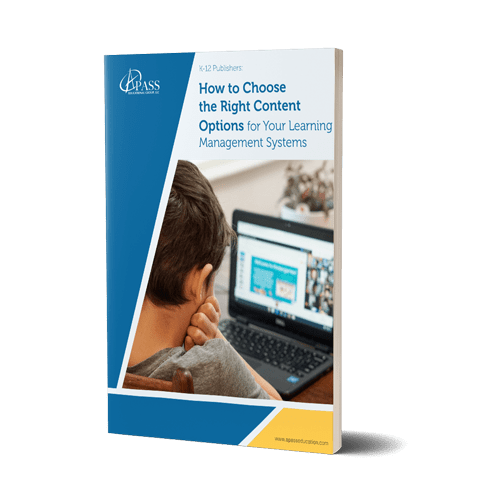Students entered school this fall unprepared for grade-level work. Besides that, educators must identify solutions to bring students up to grade level. Below are steps K-12 publishers can do to drive learning loss recovery.
Address connectivity and equity issues to decrease learning loss
States and districts made significant strides addressing connectivity this past year. Still, the crisis highlighted that learning loss was greater for students of color. These students were less likely to have internet access and devices at home. Studies show students of color suffered more learning loss than their white peers. Students of color maybe six to twelve months behind grade level. In comparison, white students maybe four to six months behind. Also, black and Hispanic students are more likely to stay remote. They have less access to live instruction. Unless addressed, this learning gap might be too difficult to recover.
Support outreach to help students recover from learning loss
So, the pandemic crisis highlighted the critical role of schools. Districts successful in preventing or slowing learning loss provided more than academics. Schools served as hubs that support food distribution, mental health counseling, and childcare. Likewise, publishers can use this hub to reach students. They can place physical learning materials in their meal kits to take home. Publishers can create learning kits for all ages for distribution. This strategy drives learning loss recovery. When books are available in the home, kids do better at school.
Focus on engagement for learning loss recovery success
Also, student engagement is key for learning loss recovery success. Publishers offer solutions that keep students engaged in remote learning. Student-teacher interaction makes classroom learning work for everyone. Therefore, publishers can focus on student-teacher interaction in their products. Publishers offer innovative new digital tools that foster various connections. Most importantly, these creative tools help one-on-one and small group exchanges. Also, publishers provide instructors with tools that track academic performance and social-emotional well-being.
Produce high-quality materials for online and offline learning
Still, publishers invest in creating high-quality materials for face-to-face and online instruction. These materials can impact learning. Clear directions for students and guardians of younger students address learning loss recovery. Also, these materials include build-in activities that help student engagement. Besides that, this content needs to reinforce core learning topics.
Create unique digital opportunities to recovery from learning loss
Unique digital products can decrease the learning gap. Tools must let teachers customize the learning platform. Still, these tools must perform traditional LMS tasks with ease. Teachers must be able to track student progress, administer tests, and assign tasks. Also, publishers can create eBooks, apps, and simulations that address learning loss. These product offerings need standard aligned labels. Also, they must be searchable. So, teachers can notice available resources that address a learning gap.
Target teacher training
Likewise, publishers create content that teaches educators new skill sets. Teachers need training on how to create curricula in a new environment. So, publishers could produce materials that support this shift to new multimedia content modalities. Also, publishers provide teachers with a forum to share best practices. Publishers reimagine curricula and infrastructure with new product offerings that address learning loss.
Create accelerated materials to address learning loss
Still, students have various levels of learning loss. Moreover, publishers have to create materials for various, learning levels. Publishers meet this challenge by creating accelerated materials. Teachers assign modules as needed. Students can work a bit each day to close learning loss gaps. Besides that, publishers may consider producing content that targets one topic. For example, a boot camp approach offers a program focused on basic math or reading skills.
In sum, publishers drive learning loss recovery by offering a variety of products. Districts need products that support teachers as they learn new skills. Also, teachers need tools that let them assign learning that fills gaps. Teachers need tools that encourage student engagement online. Still, districts need tools that let them track student progress. Also, publishers can offer innovative accelerated products that focus on a single topic.





